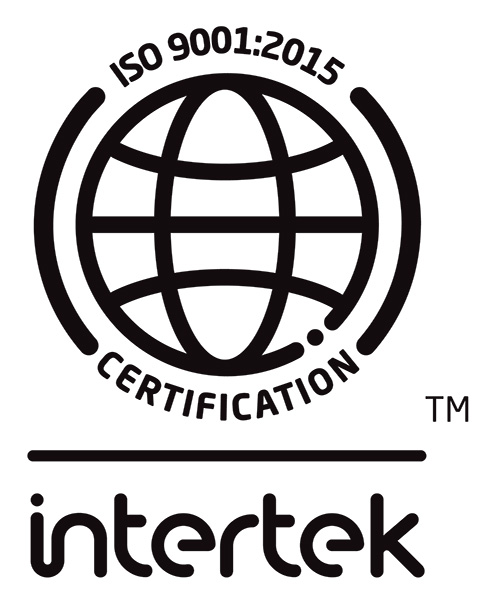VOLUME 20 NUMBER 3 FALL – 2016 ISSN 1496-3876
RESISTANCE TO BETA LACTAMS
Beta-lactams are a broad group of widely prescribed antibiotics characterized by a common structure, the beta-lactam ring. Shortly after the introduction of penicillin, resistant strains of staphylococci began to appear and within five years, the bulk of Staphylococcus aureus hospital isolates were resistant to penicillin G.
The detection of a protein then called lysozyme in 1921 by Alexander Fleming marked the beginning of the discovery of penicillin in 1928 and led to its mass production for therapeutic use in the 1940s. 1 Shortly after the introduction of penicillin, resistant strains of staphylococci began to appear and within five years, the bulk of Staphylococcus aureus hospital isolates were resistant to penicillin G.
TETRACYCLINE RESISTANCE
Tetracyclines are a class of antibiotic that originate from Streptomyces spp. There are numerous members of the tetracycline family; those still commonly in clinical use as antmicrobials in Canada include tetracycline, doxycycline, and minocycline.
Tetracyclines are a class of antibiotic that originate from Streptomyces spp. There are numerous members of the tetracycline family; those still commonly in clinical use as antmicrobials in Canada include tetracycline, doxycycline, and minocycline. Tigecycline is a glycylcycline, a separate class that is a derivative of the tetracyclines.
Tetracyclines inhibit protein synthesis by binding to the 30S subunit of the bacterial ribosome. This interaction occurs at a specific location on the subunit, and is reversible. After the drug binds, aminoacyl-tRNA complexes can no longer bind to the acceptor site, and the elongation of the synthesized polypeptide chain is thus halted.1 This effect is considered bacteriostatic.

CMPT participates in International EQA conference
The European Organization for External Quality Assessment in Laboratory Medicine (EQALM) has de facto become the international meeting for PT/EQA providers. While the organization is European, members come not only from across Europe but also from China, the Caribbean, India, and of course Canada.

HPTA – Security Clearance
According to the HPTA, any individual working or having access to prescribed human pathogens and toxins or Security Sensitive Biological Agents (SSBAs) must have an HPTA Security Clearance.




